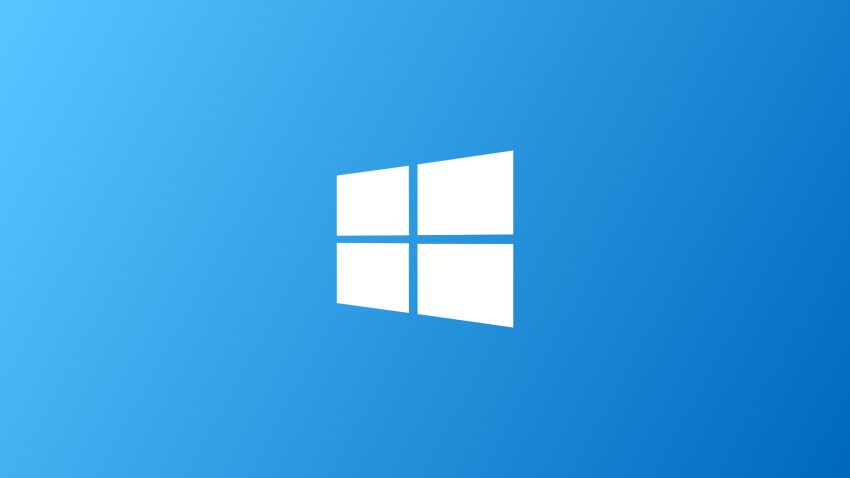For many, Windows 10 became the XP of its age – not nostalgic, exactly, but dependable, familiar and entrenched. It set the standard: solid updates, compatibility across decades of software, and a sense of continuity that comforted both consumers and IT teams.
Usage stats prove its dominance. As of mid‑2025, Windows 10 still held around 43 % of the global desktop OS market – even as Windows 11 crept ahead. That makes Windows 10 only recently dethroned as the world’s most-used desktop OS. On Steam, where gamers rule, Windows remains king – with Windows 10 especially enduring.
But time waits for no OS. After nearly four years, Windows 11 has finally overtaken Windows 10 in popularity. StatCounter pegs it at around 50.2% for Windows 11 versus 46.8% for Windows 10.
The shift isn’t exactly soul‑stirring – Windows 11’s design, tighter hardware requirements, TPM 2.0 security constraints and elevated system demands – rightly turned off more than a few hold‑outs. Yet Microsoft’s big push – with end of support for Windows 10 looming on 14 October 2025 – is convincing reluctant upgraders to shift into the Windows 11 camp.
With Windows 10’s era winding down, one wonders: what could Windows 12 bring, when it is eventually released (possibly sometime in the next year)?
Legacy will linger
Perhaps its design philosophy will pivot to ambient intelligence: the OS that knows you, anticipates tasks, fades into the background and empowers rather than interrupts. That’s speculation, sure – but if the past decade taught us anything, it’s that Microsoft loves a pivot.
Read: Linux on the desktop is gaining ground
So Windows 10 may be ageing out, but its legacy as the XP of the modern era will linger in the digital arteries of our devices for years to come. — (c) 2025 NewsCentral Media
Get breaking news from TechCentral on WhatsApp. Sign up here.
Don’t miss:
Bye-bye, Microsoft: Huawei launches its first non-Windows laptop
